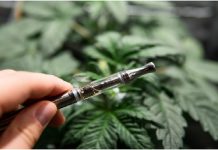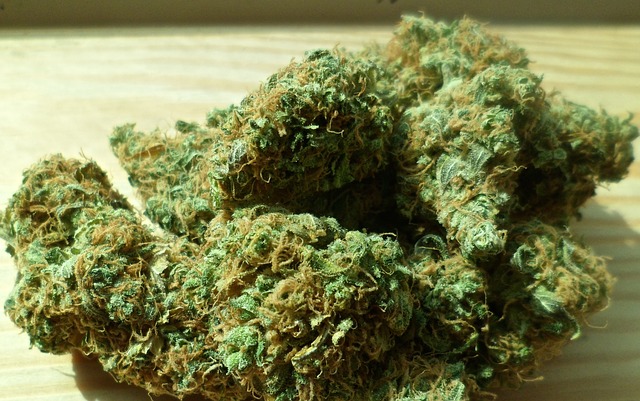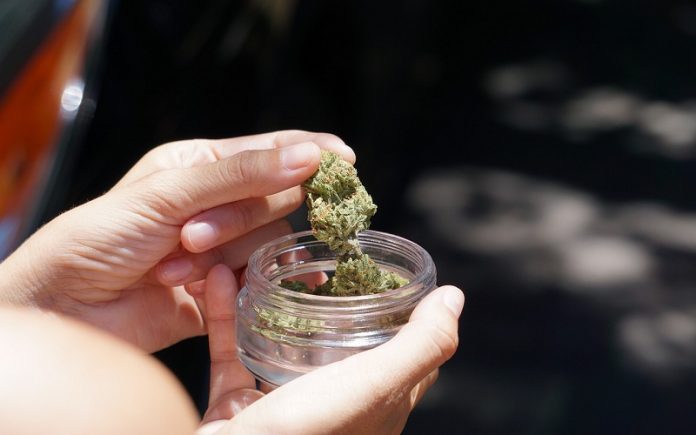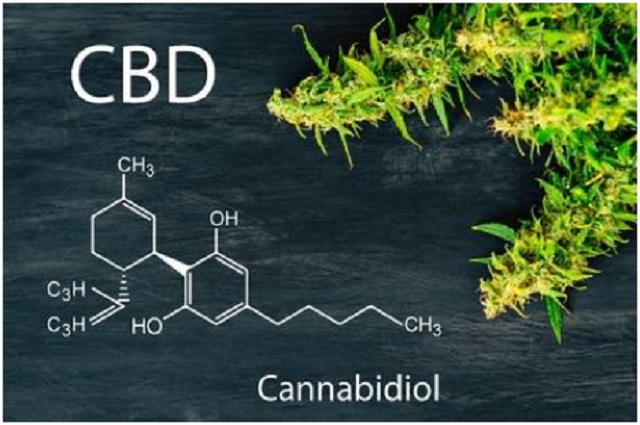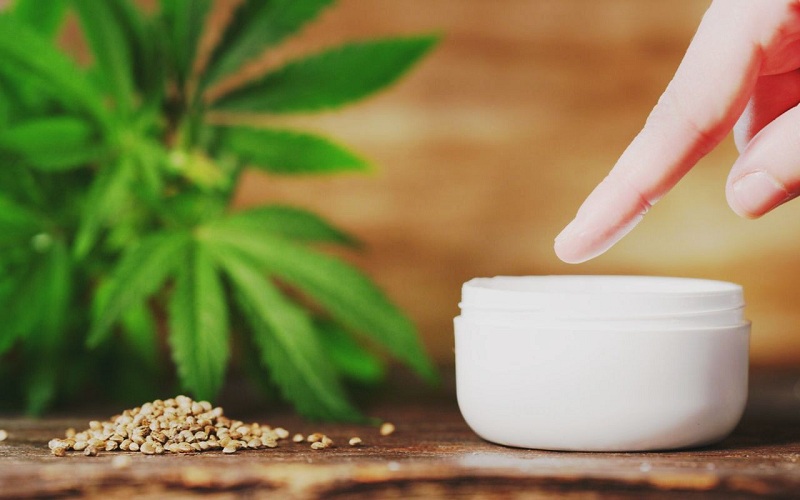The cannabis industry, despite its newness, is growing at record speed, with sales having reached $25 billion in 2021 alone. The rapid rate of heightened consumer demand is fueling the growth of a mostly uncharted industry, which naturally means cannabis is also rapidly becoming one of the nation’s largest employers. As of the latest count, there were over 428,000 legally employed cannabis industry employers in the U.S.
With so many people entering the cannabis workforce, concerns about their safety are becoming far more profound. While the industry faces some of the tightest regulations due to the transition from illegal to legal product production, safety standards are failing to keep up. Unfortunately, this means a lot of employees face undue risks.
The Areas of the Cannabis Industry Most at Risk
Around 75% of incidents of cannabis industry accidents and injuries took place in the cultivation sect, in one analysis. From an outside perspective, cannabis may look like any other agricultural product. A consumer crop is grown, harvested, processed by a product manufacturer and sent to end retailers much like something such as wheat or corn. However, the cannabis cultivation process looks far different from the standard cultivation process for food-related crops.
Many states require cannabis to be grown in indoor greenhouse environments. The cannabis itself has precise requirements for yielding a satisfactory crop. This means the standard workplace environment poses risks not always prevalent in other agricultural operations. Employees often spend their days in an enclosed space with a crop that releases volatile organic compounds (VOCs), air quality may not be the best and exposure to chemicals is typical.
While a greenhouse setting poses the highest level of employee health and safety risks, risks in the industry span across all parts of the supply chain. Employees face unique threats in every area from processing and manufacturing to cannabis transport and retail.
The Top Occupational Health and Safety Risks in Cannabis
Cannabis workers can be exposed to a unique set of risks depending on where they work in the industry, but some safety and health risks are similar across all areas. A few of the most concerning risks include:
- Exposure to biological hazards such as mold spores and allergens
- High risks of repetitive motion or over-exertion injuries due to poor ergonomics in the workplace
- Exposure to volatile organic compounds like cannabis-derived terpenes
- High risks of slips, trips and falls
- Exposure to chemicals such as fertilizers, insecticides, fungicides and ethanol
- High risk of being struck or caught by an object
- Important and Necessary Steps for Protecting Cannabis Workers
Some states have been cannabis-legal for longer than others. Therefore, states like California have grown to be advisors for everyone else in the industry to help create a safer cannabis workplace across the board — but even in long-legal states such as Colorado, the state’s industry as a whole has a lot of ground to cover to make safety in cannabis consistent.
Employers must work hard to recognize the hazards and mitigate the risks to keep employees safe. Therefore, multiple facets must be considered in creating the most comprehensive protective protocols. Take a look below at a few important and necessary steps toward keeping cannabis workers as safe as possible.
Employee Education
Employee education is always an important component in creating a safe workplace. When employers understand the risks, they are better equipped to protect themselves while performing job-related tasks. Therefore, cannabis industry employers must implement training methodologies that keep their workers aware. Employees should be educated about:
- Potential hazards they can be exposed to on the job
- Proper ways to use personal protective equipment (PPE) to stay safe
- Material handling procedures for certain chemicals and compounds
- Working ergonomically to avoid repetitive motion injuries
Standardized Safety Protocols
Creating standardized safety protocols for the cannabis industry may fall under expanded regulations by different governing entities. Currently, OSHA’s General Duty Clause stands as the golden rule for all employers to follow, and these regulations do apply to those in the cannabis industry in spite of the fact cannabis is still a federally illegal product. This clause states that all employers must provide a workplace that is not likely to cause serious harm or death to employees by making sure the workplace is free of “recognized” threats. However, the cannabis industry is so new, all the hazards may not be readily recognized by employers.
The goal for every employer should be to carefully analyze the workplace and pinpoint what hazards are present. Then, working toward mitigating those hazards is key. As time goes on and the cannabis industry matures, standardized safety protocols will likely become the norm.
Mandated PPE Use
PPE plays a huge role in offering adequate protection when it comes to chemical and VOC exposure. For example, chemical-resistant gloves and goggles for eye protection should be used when using fertilizers in a greenhouse or ethanol in an extraction facility. Employers must work to make sure PPE is available and implement strategies to make sure employees properly use the equipment.
Air Quality Monitoring and Control
Numerous air quality threats are possible in cannabis, including:
- High concentrations of carbon dioxide
- High levels of fungal spores or mold
- High concentrations of airborne VOCs
- High levels of airborne chemical compounds
Cannabis must be grown in a tightly controlled environment in most states, which means a lack of filtration and ventilation creates a hazardous environment for worker respiration. Employers must appropriately evaluate indoor air quality, make use of filtration systems and ensure proper ventilation systems are in place.
The Future of Occupational Safety in the Cannabis Industry
The cannabis industry is only projected to continue to grow in the coming years. Therefore, the number of cannabis industry employees is likely to make up a large portion of the country’s workforce. Creating structured safety and health protocols to protect workers in the industry is critical now to ensure a stable workforce in the future.
Steve Gonzales is CEO of Technical Safety Services, which provides testing, certification and calibration of equipment and controlled environment crucial to the success of the biopharma, medical device, academic research and food production industries.




